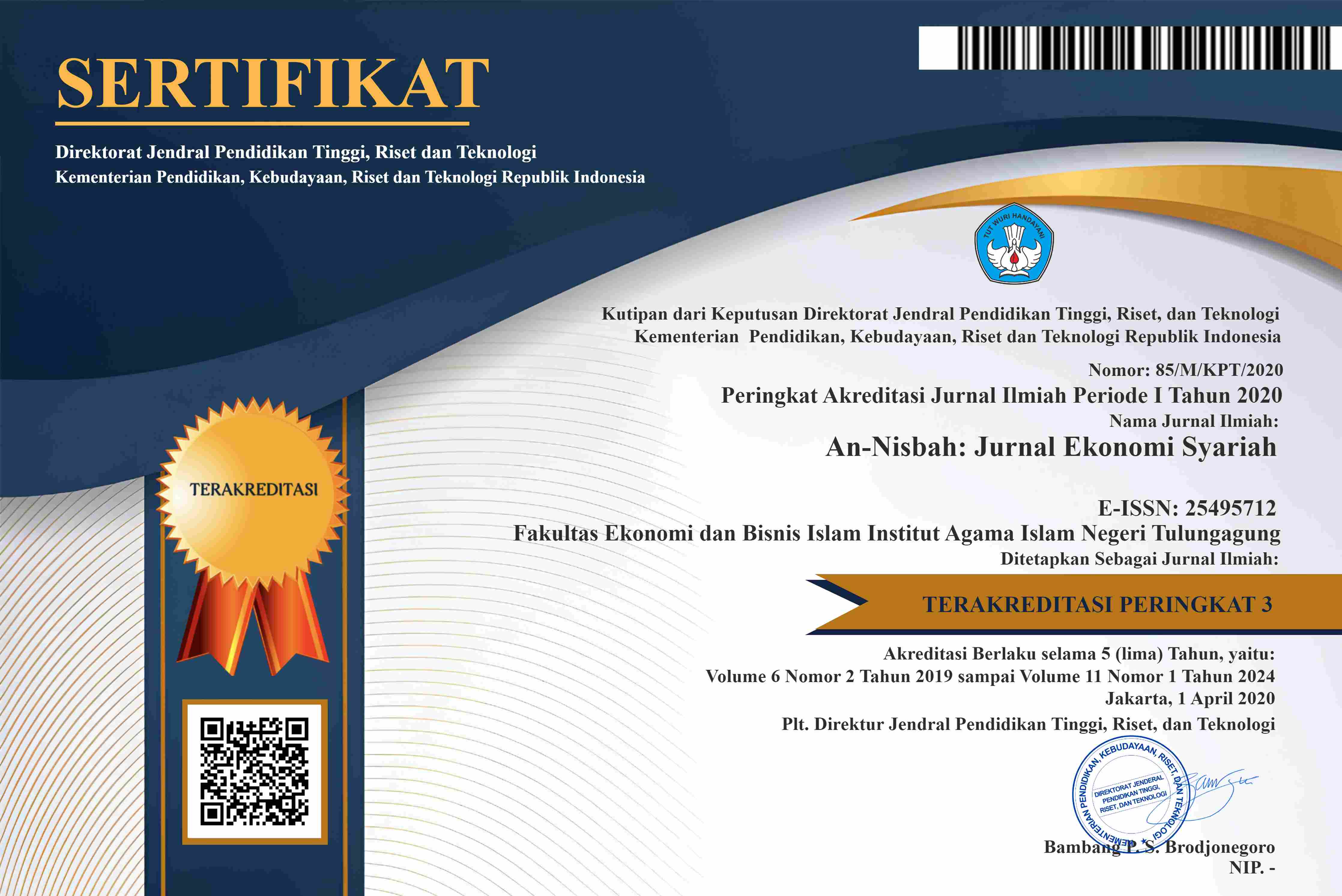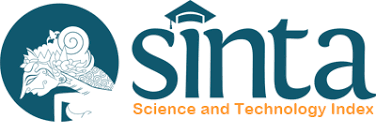AN ISLAMIC PERSPECTIVES, THE CURRENT STATE OF INDONESIA IN THE GLOBALIZATION ERA
Abstract
Abstract: Countries must be able to compete due to the high global intensity of trade and agreements. As a first step in dealing with this, many countries employ economic concepts that are tailored to their specific circumstances. The goal of this research is to look at the role of Islamic economics in dealing with the onslaught of economic globalization, such as China's Belt Road Initiative (BRI), and multi-sectoral institutions like the IMF and the World Bank. The literature research approach used in this paper is qualitative using literature review method. The results of this study found that the Indonesian government was in the midst of a powerful wave that required strong captains and ships. In other words, the existence of BRI, IMF and World Bank will be a threat if they are not controlled properly. As a result, the government has to divert this funding to productive areas such as agriculture. Furthermore, given China's concentration on Islamic banking, Indonesia may be able to persuade China to involve the Indonesian people in developing its products. Furthermore, the Indonesian government must be able to read every step taken by BRI, IMF, and World Bank so as not to be trapped in debt investment.
Keywords: Islamic economic, belt road initiative, IMF, worldbank
Downloads
References
Acharya, A. (1999). Containment, Engagement, or Counter-Dominance? Malaysia
Ayyubi, M. S. al, & Saputra, P. M. A. (2021). Indonesian government
Chan, S. (2017). The belt and road initiative: Implications for China and East Asian economies. Copenhagen Journal of Asian Studies, 35(2). https://doi.org/10.22439/cjas.v35i2.5446
Edison, M. J., & Kole, L. S. (1995). European monetary arrangements: Implications for the dollar, exchange rate variability and credibility. European Financial Management, 1(1). https://doi.org/10.1111/j.1468-036X.1995.tb00007.x
Feldstein, M. (1997). The Political Economy of the European Economic and Monetary Union: Political Sources of an Economic Liability. Journal of Economic Perspectives, 11(4). https://doi.org/10.1257/jep.11.4.23
Ghozali, M., Handayani, R., & Bakri, W. (2021). Sharia Islamic Economics in the Middle of Civilization Transition. Journal of Sharia Economics, 3(1). https://doi.org/10.35896/jse.v3i1.169
Gong, X. (2019). The Belt & Road Initiative and China
Gopalan, S. T. (2021). China
Habib, M. A. F., Nisa, K. K., Fatkhullah, M., Al Ursah, C. R., & Budita, A. K. (2022). Sosiologi Ekonomi: Kajian Teoretis dan Contoh Penerapan. Tulungagung: Akademia Pustaka
Haderiansyah, H., Habibah, M., Setiawan, A., & Hayat, M. A. (2020). Policy of China
Hassan, M. K., & Aliyu, S. (2018). A contemporary survey of islamic banking literature. Journal of Financial Stability, 34. https://doi.org/10.1016/j.jfs.2017.11.006
Huang, Y. (2016). Understanding China
Iqbal, B. A., Rahman, M. N., & Sami, S. (2019). Impact of Belt and Road Initiative on Asian Economies. Global Journal of Emerging Market Economies, 11(3). https://doi.org/10.1177/0974910119887059
Johnston, L. A. (2019). The Belt and Road Initiative: What is in it for China? Asia and the Pacific Policy Studies, 6(1). https://doi.org/10.1002/app5.265
Marimin, A., & Romdhoni, A. H. (2017). Perkembangan Bank Syariah di Indonesia. Jurnal Ilmiah Ekonomi Islam, 1(02). https://doi.org/10.29040/jiei.v1i02.30
Rama, A., & Kassim, S. H. (2013). Analyzing Determinants of Assets and Liabilities in Islamic Banks: Evidence from Indonesia. Review of Islamic Economics, Finance, and Banking, 1(1).
Rey, P. J., & Ritzer, G. (2010). Conceptualizing globalization in terms of flows. Current Perspectives in Social Theory, 27. https://doi.org/10.1108/S0278-1204(2010)0000027011
Santoso, I., Canon, S., & Pakaya, Abd. (2019). The Role of Islamic Financial Institutions in Supporting Economic Growth in the Digital Era: Case Study in Indonesia. https://doi.org/10.4108/eai.10-9-2019.2289380
Setyabudi, T. (2016). Literature Study. Journal of English and Education, 1(2). https://doi.org/10.20885/jee.vol1.iss2.art9
Shaikh, R., & Chen, C. K. (2021). China
Shandy Utama, A. (2020). Perkembangan Perbankan Syariah di Indonesia. UNES Law Review, 2(3). https://doi.org/10.31933/unesrev.v2i3.121
Sugiyono. (2016). Memahami Penelitian Kualitatif. Bandung: Alfabeta.
Widodo, R., Adhidharma, G., & M. Arna Ramadhan. (2022). Prediksi Pertumbuhan Perbankan Syariah di Indonesia Tahun 2022. Jurnal Tabarru
The author has full rights to the articles that has been sent to An-Nisbah: Jurnal Ekonomi Syariah. The author is responsible for the originality of the articles and all the references used in the journal script.








